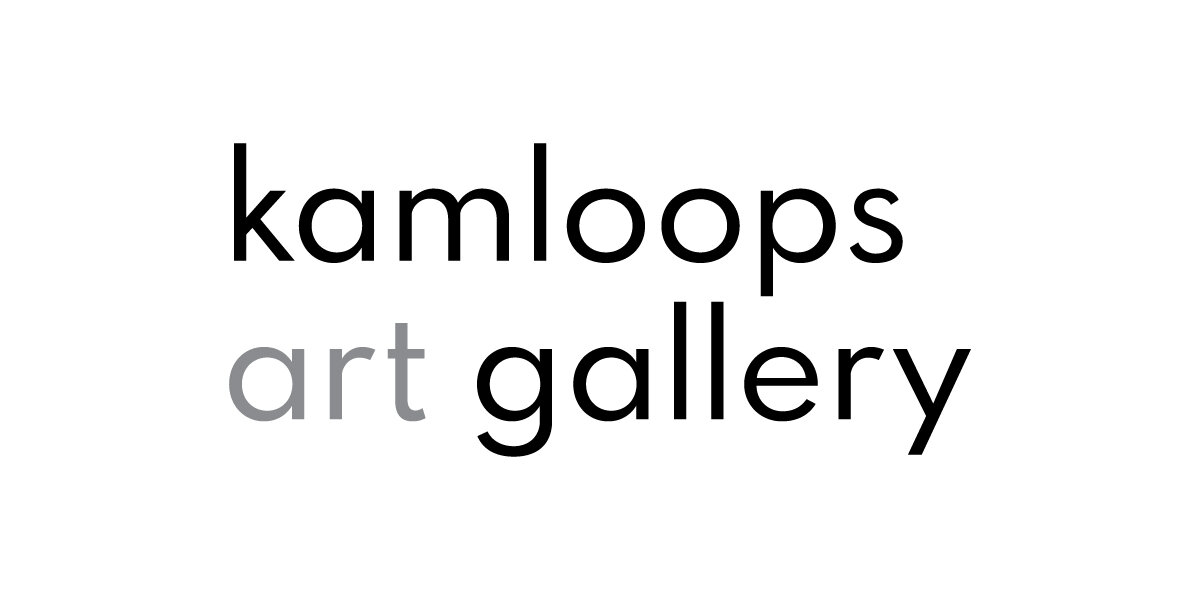Collaborative Mural
Collaborative Mural
Suitable for Grades K-3 (adaptable for all grades)
Curriculum connections
// Explore line, shape, texture, pattern and repetition
// Create artistic works collaboratively and as an individual
// Create artistic works through purposeful play
SET UP
Clear the front wall of all tables, have the wooden tables by the garage doors. Have a clump of tables and chairs in the middle of the room. The table clump should be stocked with sketching paper and pencil crayons, and the wooden tables should be stocked with chalk.
TIMELINE-all times are approximate
DISCUSS- 5 minutes
WARMUP-10 minutes
DISCUSS-5 minutes
PLAN-15 minutes
MURAL-30 minutes
DISCUSS/PHOTOS-10 minutes
MATERIALS
Sketching paper
Pencil crayons
Chalk
DISCUSS
WHAT IS A MURAL?
A mural is (often) a large scale artwork applied directly onto a wall, ceiling or any other permanent surface. It is most often painted on, but it can be drawn on with a number of materials. Today we are going to make a mural on our studio walls using chalk!
So, we know that the artist makes site specific work, does anyone know what making site specific work includes? Site specific work means an art work that is made especially for an exact location. Making a work for a specific location means there are a lot of factors you have to consider;
The size of the art work depends on where the art work is made. In our case, the art work we make today can only be as big as the studio walls.
Because site specific work is made for the space in which it’s in, it often means that the artists have to leave the work there; they can’t take it with them. The artist takes pictures of the work in the space, and most often the art work only exists in photos from then on.
Site specific work can be made again, but it will always be different than the first time it was made. For example, if you made a mural on these walls with chalk, you could go home and paint the same mural on your bedroom wall, but it would be a different art work because it would be done with paint, as well as in a completely different space!
PROCESS
Start by explaining that music is a big part of Eleanor’s practice. She almost always has some music playing in each of her exhibitions. Today we are going to warm up by drawing to three different kinds of music and see if each kind makes us draw any different. Try to draw what the music looks like to you, as you listen to it.
Blue Danube by Johann Strauss II
Take Five by Dave Brubeck
Walk Don’t Run by The Ventures
Play those three songs (or two minutes of each) and have each student draw what they hear. After they’ve drawn to all three songs, talk about how it went! Ask how each song made them draw differently, if it did at all.
Then split the class into two groups, explaining that one group will be drawing on the front wall and the other group will be drawing on the back sliding doors. Once they are all settled in, explain that they will now work together to plan a design to draw on the wall. Ask them what they remember about Eleanor’s murals, what shapes, patterns and designs they remember. Then discuss how to make a collaborative art work together:
Everybody needs to agree on all aspects of the mural, so communication is most important!
Be respectful of one another’s contributions to the work
Do not draw on top of or erase someone else’s artwork unless they tell you that you can. If you want to erase or change anything, make sure the whole group decides that that’s okay. Everybody needs to agree on everything, since the whole group is making one artwork all together.
Ways to approach deciding on a mural design: what shapes, patterns, textures or colours do you want in your mural? Maybe you want a mural that looks like different shaped clouds, or maybe you want a mural that only has squares!
Work with each group and help them get started on the planning. Once they have a design decided on, they can grab their chalk and get started! Be sure to keep an eye out for disagreements or students not working in a group very well, and talk the group through the problem.
Give everybody around 30 minutes to work on their mural, leaving some time at the end for each group to explain what their mural is about. Take some Polaroids of each mural (one with the group and one without) so they can have something to take home!
